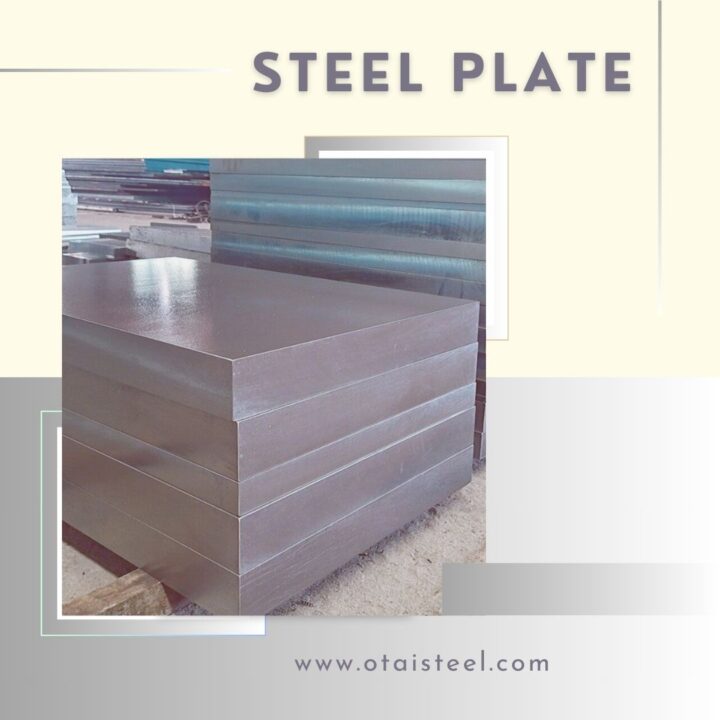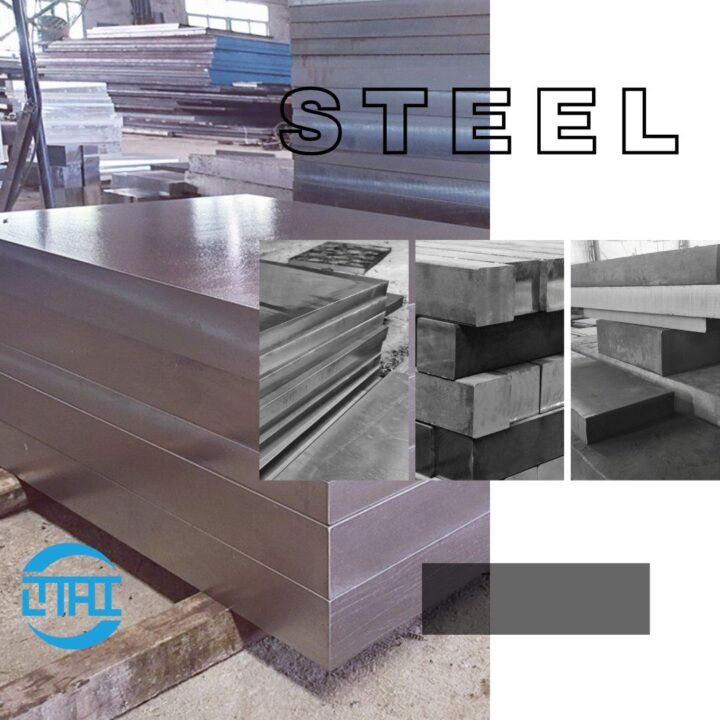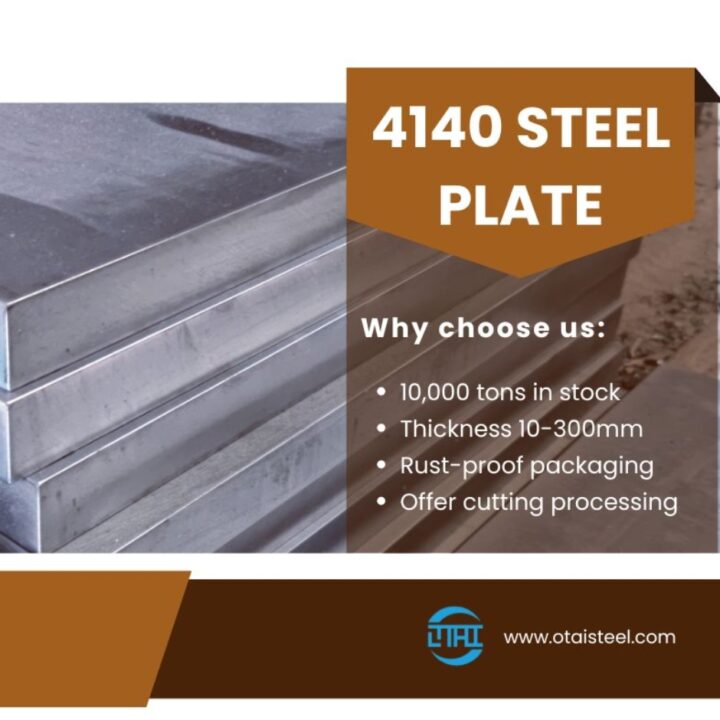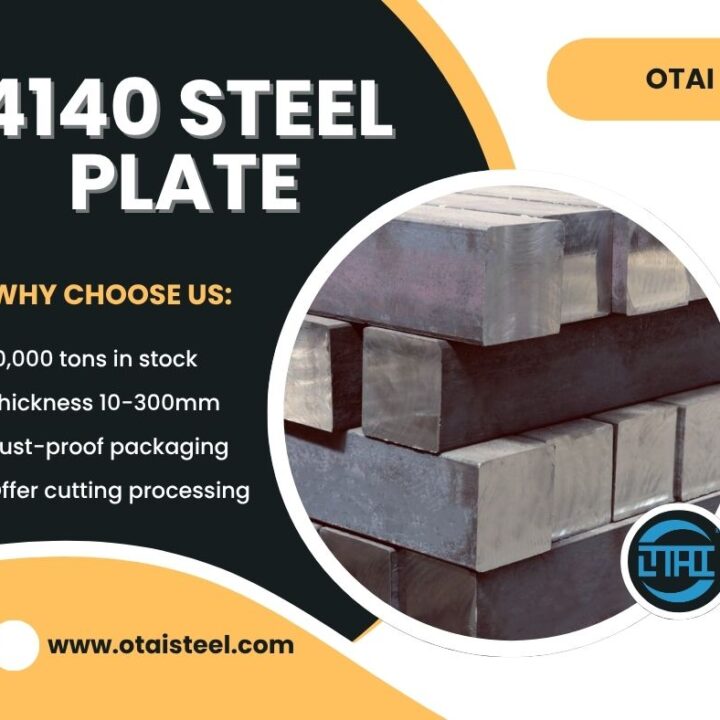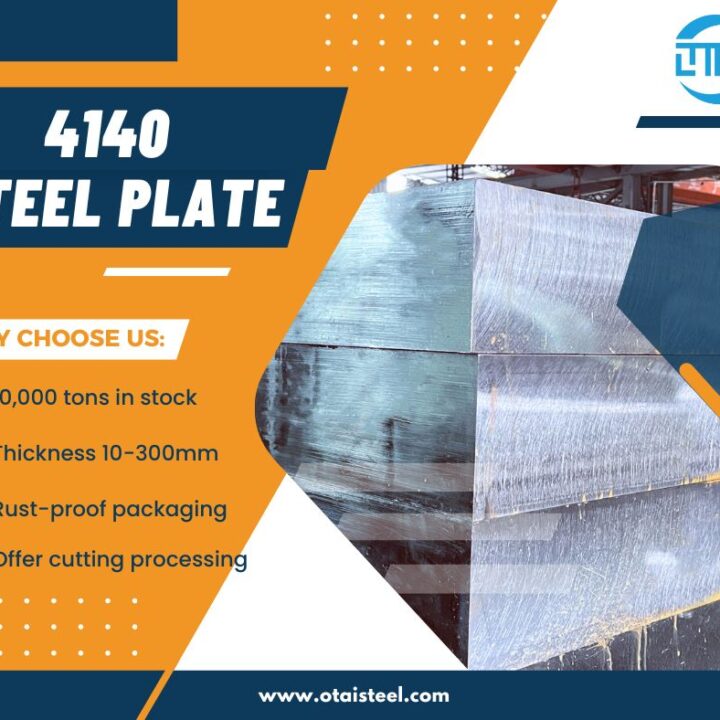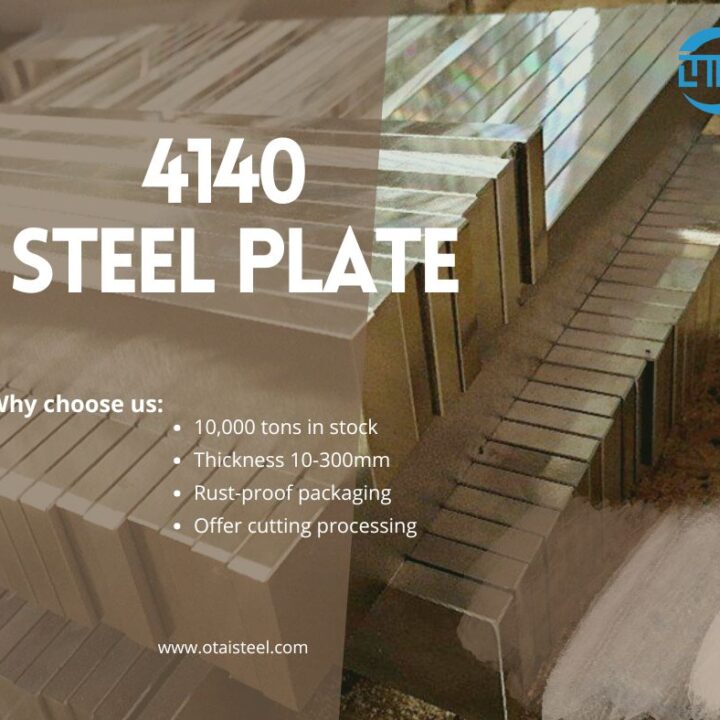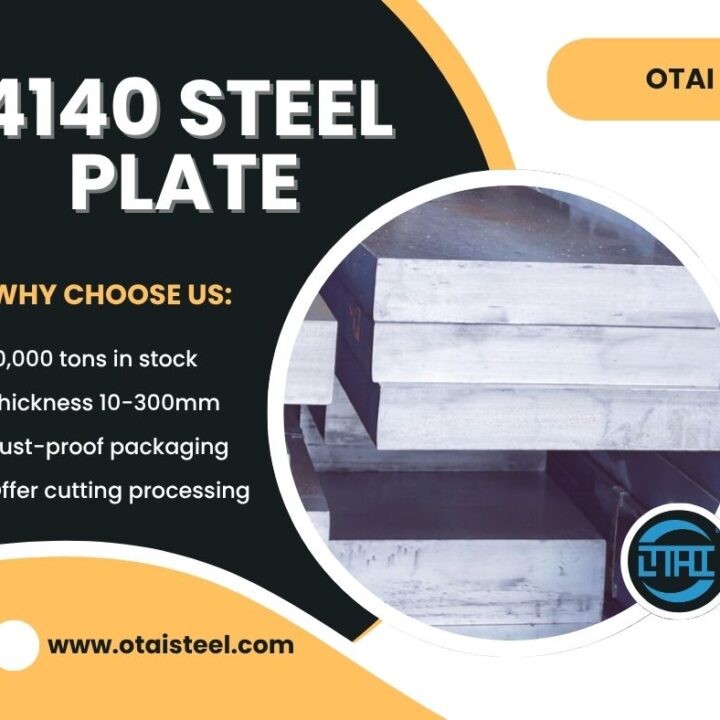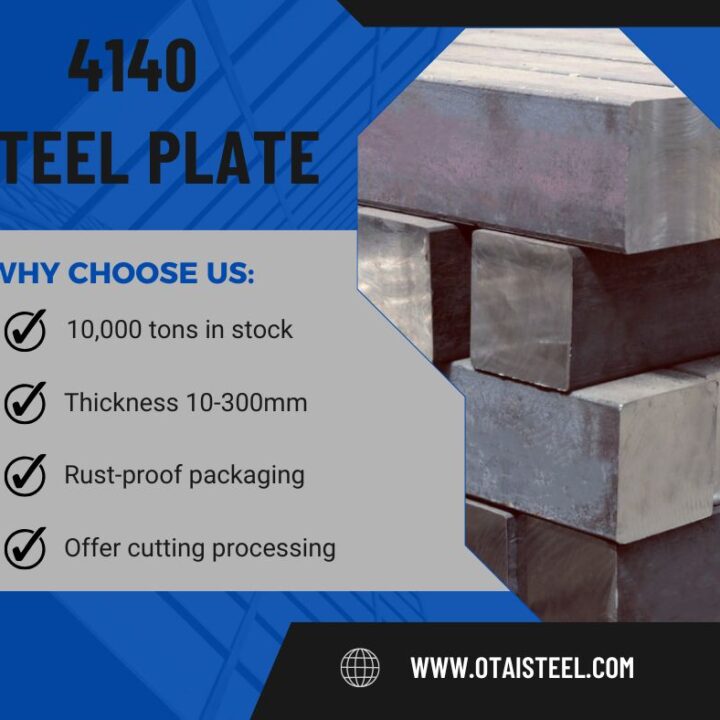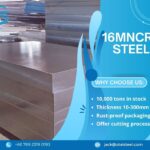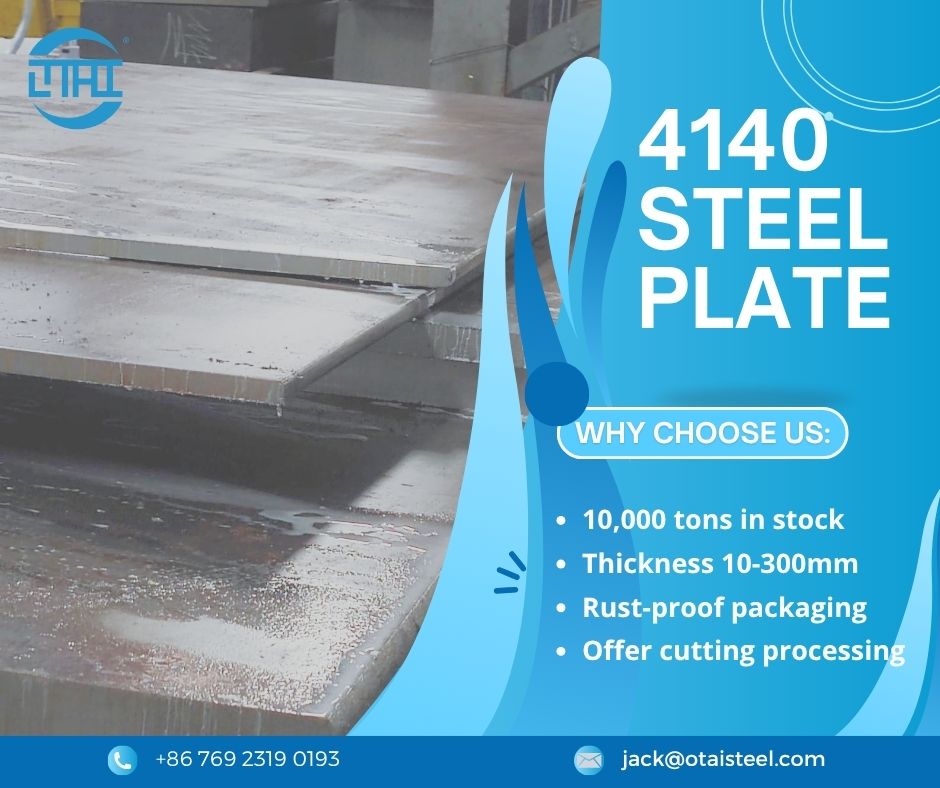 Fatigue Strength of 4140 Steel: Understanding Durability and Performance
Fatigue Strength of 4140 Steel: Understanding Durability and Performance
4140 steel is known for its excellent strength, toughness, and wear resistance, making it a popular choice in applications that demand high performance under stress, such as in machinery, automotive, and aerospace industries. One critical property that defines its performance in dynamic loading conditions is fatigue strength.
In this article, we’ll explore the fatigue strength of 4140 steel, including what it is, how it’s measured, and how it compares to other materials. By the end, you’ll have a better understanding of why 4140 steel is highly valued in industries that require materials to withstand repeated loading without failure.
🧪 What is Fatigue Strength?
Fatigue strength refers to a material’s ability to withstand cyclic loading—that is, repeated loading and unloading over an extended period—without failing. Unlike static loading, where a material is subjected to a constant force, fatigue failure occurs after a material experiences numerous cycles of stress, even if the individual loads are not large.
Materials like steel, aluminum, and titanium are commonly tested for fatigue strength because they are often used in components subjected to repeated stress in real-world applications. Fatigue strength is a key factor in the design of components such as gears, shafts, springs, and crankshafts.
🧬 Fatigue Strength of 4140 Steel
4140 steel, with its composition of carbon, chromium, manganese, and molybdenum, offers a strong balance of strength, toughness, and durability. When it comes to fatigue strength, the material can handle a significant amount of cyclic loading, which is why it’s commonly used in applications where parts are exposed to high-stress environments.
The fatigue strength of 4140 steel depends on factors such as:
-
Heat Treatment Condition: Steel that is quenched and tempered (QT) generally has better fatigue strength than annealed or normalized steel. This is because the process increases the material’s hardness and strength, making it more resistant to crack propagation under cyclic loading.
-
Surface Finish: A smoother surface reduces the risk of stress concentration and fatigue crack initiation. For this reason, 4140 steel components often undergo machining or polishing to ensure a smoother finish.
-
Notch Sensitivity: Components with sharp notches or corners are more susceptible to fatigue failure because the stress is concentrated at these points. Avoiding notches or adding fillet radii can improve the fatigue strength.
The fatigue strength of 4140 steel in a quenched and tempered condition is typically around 50-60% of its ultimate tensile strength.
📊 Fatigue Strength Comparison with Other Steels
To put the fatigue strength of 4140 steel into perspective, here’s a comparison with some other common steels:
| Steel Grade | Fatigue Strength (MPa) | Tensile Strength (MPa) | Applications |
|---|---|---|---|
| 4140 Steel (QT) | 500 – 700 MPa | 655 – 758 MPa | Gears, shafts, automotive parts |
| AISI 1045 Steel | 400 – 600 MPa | 565 – 655 MPa | Forged parts, machinery components |
| AISI 4340 Steel | 600 – 850 MPa | 745 – 1050 MPa | Aircraft, heavy machinery |
| SAE 8620 Steel | 450 – 650 MPa | 655 – 860 MPa | Carburized gears, shafts |
| AISI 4130 Steel | 400 – 550 MPa | 580 – 700 MPa | Aerospace, automotive parts |
As you can see, 4140 steel has fatigue strength values in the middle range, making it ideal for high-stress applications that don’t require the extreme performance of steels like 4340, but still demand good toughness and resistance to crack propagation.
🏗️ How Does Fatigue Strength Affect 4140 Steel Applications?
The fatigue strength of 4140 steel makes it suitable for a wide range of applications where components experience repeated loading. Some common applications include:
-
Automotive Components: 4140 steel is used in crankshafts, axles, and gears, where the parts are subjected to frequent cyclic loads from the engine, brakes, and other moving parts.
-
Machinery Parts: In industrial machinery, 4140 steel is often used for shafts, gears, and pins, where repeated stress is encountered in daily operations.
-
Oil and Gas Equipment: 4140 steel is commonly found in drill pipes, pressure vessels, and high-stress components that must endure frequent fatigue cycles in the harshest environments.
-
Construction Equipment: Components like earth-moving machinery and hydraulic systems also benefit from the fatigue resistance of 4140 steel.
In these applications, 4140 steel can withstand cyclic stresses over extended periods, minimizing the risk of sudden failure or fracture.
📈 Improving the Fatigue Strength of 4140 Steel
There are several ways to improve the fatigue strength of 4140 steel components, such as:
-
Quenching and Tempering: The QT process enhances the hardness and tensile strength of the steel, leading to improved fatigue resistance.
-
Shot Peening: This process introduces compressive residual stresses on the surface of the steel, helping to prevent fatigue crack initiation and extending the life of the component.
-
Surface Treatments: Nitriding or carburizing the surface of the steel can increase surface hardness, making it more resistant to wear and fatigue.
-
Optimized Design: Ensuring that components have smooth surfaces, fillet radii, and adequate stress distribution can reduce stress concentrations and improve the material’s fatigue performance.
🏅 Why Choose Otai Special Steel for 4140 Steel?
At Otai Special Steel, we offer high-quality 4140 steel that is quenched and tempered to enhance fatigue strength. Our products meet the most demanding industrial applications, ensuring durability and performance. Here’s why Otai is the right choice:
| Feature | Details |
|---|---|
| Customized Solutions | We offer cutting, heat treatment, and other services to meet your needs. |
| Global Shipping | Reliable and fast delivery worldwide. |
| Quality Control | We maintain strict quality standards with rigorous testing. |
| Competitive Pricing | Get the best value without compromising quality. |
❓ FAQ: Frequently Asked Questions
Q1: How does the fatigue strength of 4140 steel compare to AISI 4130 steel?
A1: AISI 4130 generally has lower fatigue strength compared to 4140, but it is more commonly used in applications where weight and strength-to-weight ratio are crucial, such as aerospace.
Q2: What is the main factor that influences the fatigue strength of 4140 steel?
A2: The main factors influencing fatigue strength include the heat treatment condition (e.g., quenched and tempered), surface finish, and the presence of stress concentrators (e.g., notches).
Q3: Can 4140 steel be used in high-cycle fatigue applications?
A3: Yes, 4140 steel can be used in high-cycle fatigue applications as long as the parts are properly designed, heat-treated, and maintained. However, for extremely high-cycle conditions, materials with higher fatigue strength like AISI 4340 may be more suitable.

